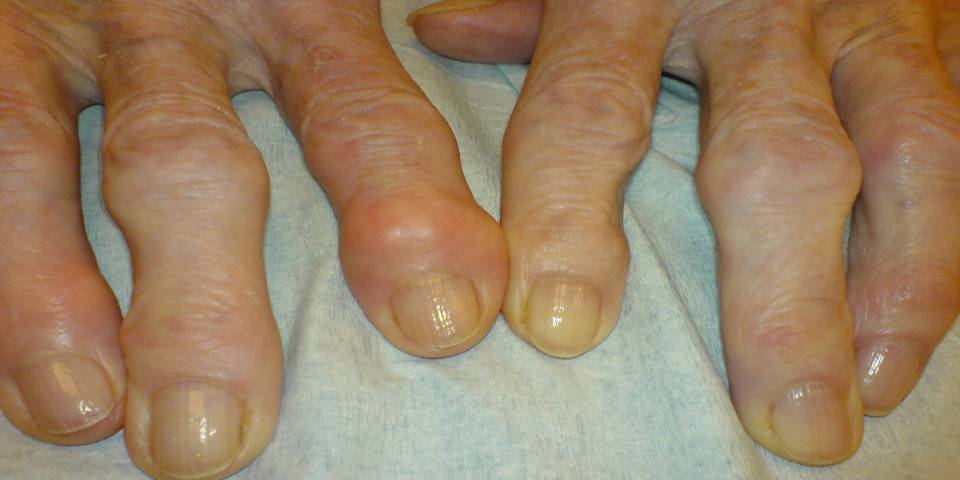- 29/01/2023
- by Dr. Ankur Kumar
- Latest Blog
Osteoarthritis, also known as a degenerative joint disease, is the most ordinary type of arthritis. Osteoarthritis is more likely to grow as people age. The modifications in osteoarthritis usually occur slowly over many years, though there are occasional exceptions. Inflammation and damage to the joint cause bony changes, weakening of tendons and ligaments, and a breakdown of cartilage resulting in pain, swelling, and deformation of the joint
Although osteoarthritis can harm any joint, the condition most commonly affects joints in your hands, knees, hips, and spine. If you are facing osteoarthritis, Don’t ignore them. You can visit physicians having expertise in this field. You can visit one of the most renowned Arthritis specialists and orthopedic surgeon in PCMC, Pune– Dr. Ankur Kumar & know all about osteoarthritis.
Types of Osteoarthritis:
There are two main types of osteoarthritis:
- Primary stage: Most ordinary, generalized, mostly affects the fingers, thumbs, spine, hips, knees, and the great (big) toes.
- Secondary stage: Occurs with a pre-existing joint irregularity, including injury or trauma, such as repetitious or sports-related; inflammatory arthritis, like rheumatoid, psoriatic, or infectious arthritis; genetic joint disorders.
What Are the Symptoms of Osteoarthritis?
Osteoarthritis symptoms often grow slowly and worsen over time. Symptoms of osteoarthritis include:
- Joint pain or aching
- Stiffness in the joint
- Loss of flexibility and less range of motion
- Tenderness
- Inflammation or Swelling
- Crackling, clicking or popping sounds when you move your joints
- Bone triggers, or additional lumps of bone, which are generally painless
Osteoarthritis may affect different regions of the body in various ways:
- Hips: Pain in the groin area or buttocks and occasionally on the inside of the knee or thigh. Over time, you may not be capable to move your hip as far as you did in the past.
- Knees: When walking, you may listen to a grinding noise. Over time, muscle and ligament deficiency can cause the knee to buckle.
- Fingers: Bony growths at the edge of joints can cause fingers to become swollen, tender, and red, sometimes with pain at the base of the thumb. Bony enlargements and shape modifications in the finger joints can occur over time.
- Spine: You may feel stiffness and discomfort in the neck or lower back.
Causes of Osteoarthritis:
There are several aspects that raise a person’s probability of developing osteoarthritis. These include:
- Age: The chance of developing Osteoarthritis increases with age and signs generally, but not always, appear in individuals over 50.
- Joint injury: A bone fracture or cartilage or ligament tear can lead to Osteoarthritis, sometimes faster than in possibilities where there is not a noticeable injury.
- Overuse: Using the same joints over and over in a sport can result in Osteoarthritis.
- Obesity: Excess weight adds stress and strain on a joint, plus fats cells stimulate inflammation.
- Musculoskeletal abnormalities: Malalignment of bone networks can contribute to the faster growth of osteoarthritis.
- Weak muscles: If muscles don’t provide good joint support, poor alignment can result, which can lead to Osteoarthritis.
- Genetics: People with family associates who have Osteoarthritis are more likely to originate it.
- Gender: Women are more likely to generate Osteoarthritis than men.
How Is Osteoarthritis Diagnosed?
A primary care doctor may be the first individual you speak to about joint discomfort. Arthritis Specialist Dr. Ankur Kumar examines your medical history, signs, how the pain affects workouts, as well as your medical issues and medicine use. He or she will even look at and move your joints and may request imaging. These tests help to complete the diagnosis:
- Your description of the signs
- The area and pattern of pain
- Physical exam
- X-rays
- MRI
How is Osteoarthritis Treated?
There is no cure for Osteoarthritis, so Dr. Ankur Kumar usually treats Osteoarthritis signs with a combination of treatments, which may include the following:
- Medications, including over-the-counter pain relievers and prescription pills
- Exercise
- Periodic hot and cold packs
- Physical, and exercise therapy
- Weight loss (if overweight)
- Healthy eating, controlling diabetes and cholesterol
- Intra-articular injection treatments (steroid, hyaluronic acid “gel”)
- Alternative treatment strategies, including vitamins and supplements
- Surgery may be helpful to ease pain and reform function when other medical therapies are ineffective or have been exhausted, specifically with advanced osteoarthritis.
The kind of treatment regimen specified depends on many aspects, including the patient’s age, overall health, movements, profession, and severity of the disease.
Complications:
Osteoarthritis is a degenerative condition that worsens over time, often resulting in chronic pain. Joint pain and immobility can become severe enough to make everyday tasks challenging.
Physical complications include:
- Insufficient sleep
- Weight increase as a result of pain or restricted mobility
- Osteonecrosis
- Erosion of the ligaments and tendons
- Fractures
- Hemarthrosis
Dr. Ankur Kumar – Orthopedic Doctor in PCMC, Pune
Dr. Ankur Kumar is an experienced orthopedic doctor At PCMC, Pune. Who has successfully treated several arthritis patients in PCMC, Pune area. So, if you sense pain in your joints or experience other signs of osteoarthritis. If you have any concerns about osteoarthritis, or different health problems consult and book an appointment with Dr. Ankur Kumar Best Osteoarthritis specialist in PCMC to start your treatment course right away.



